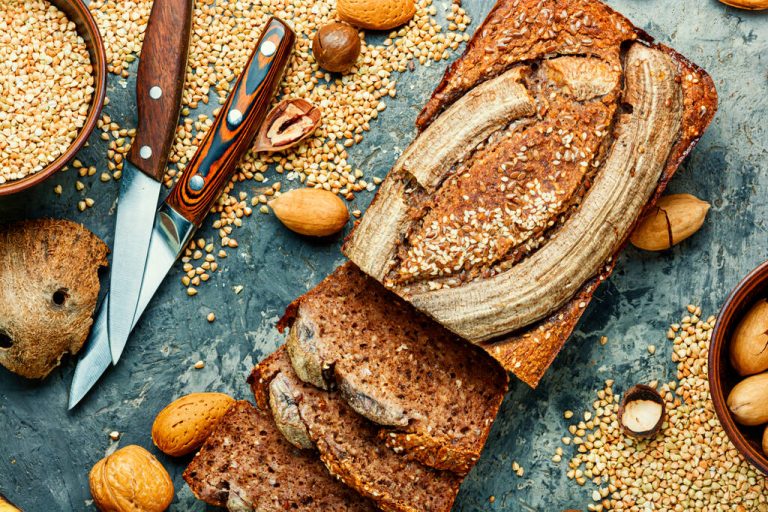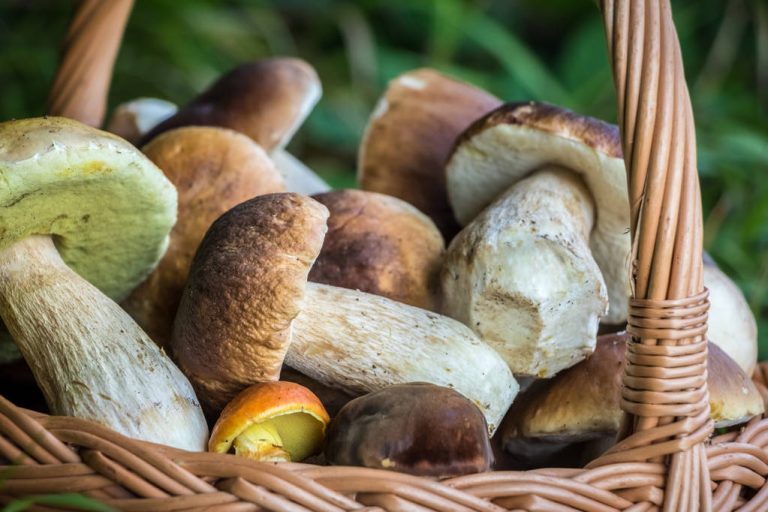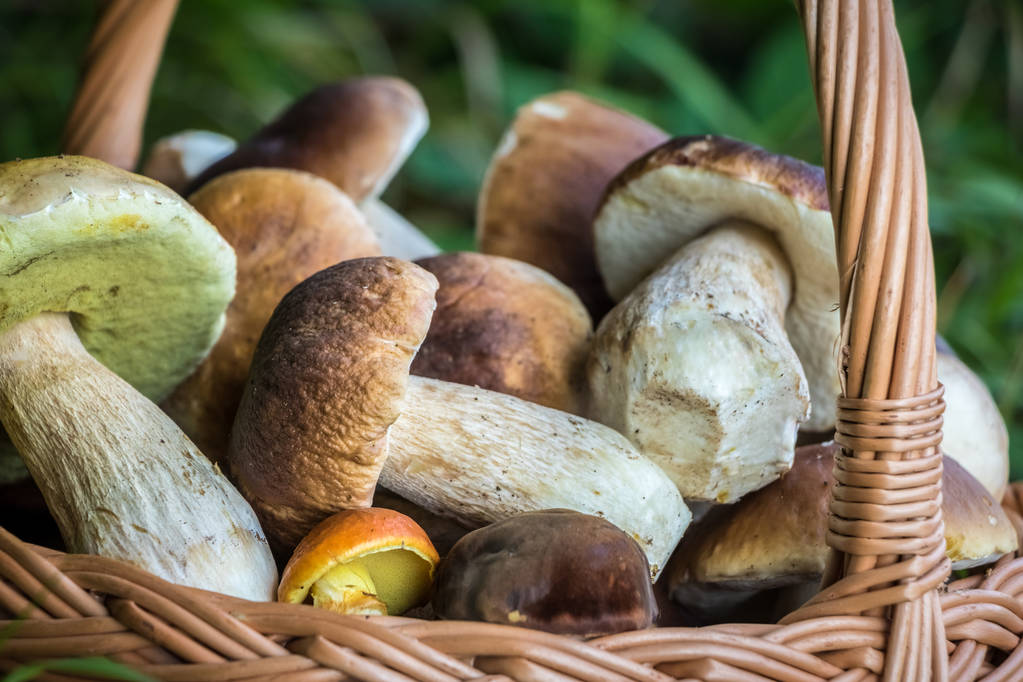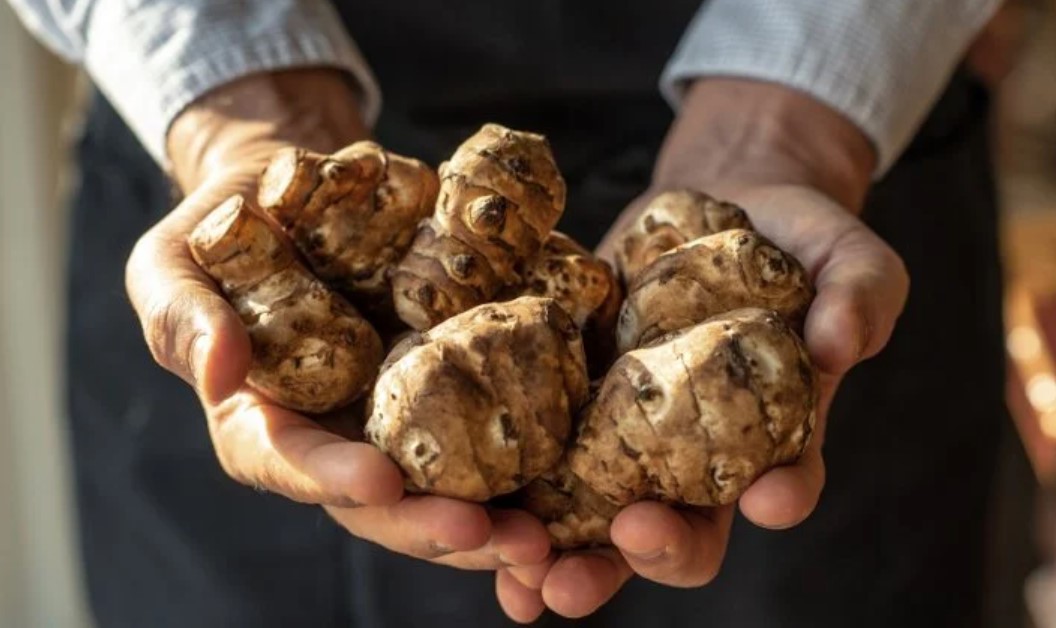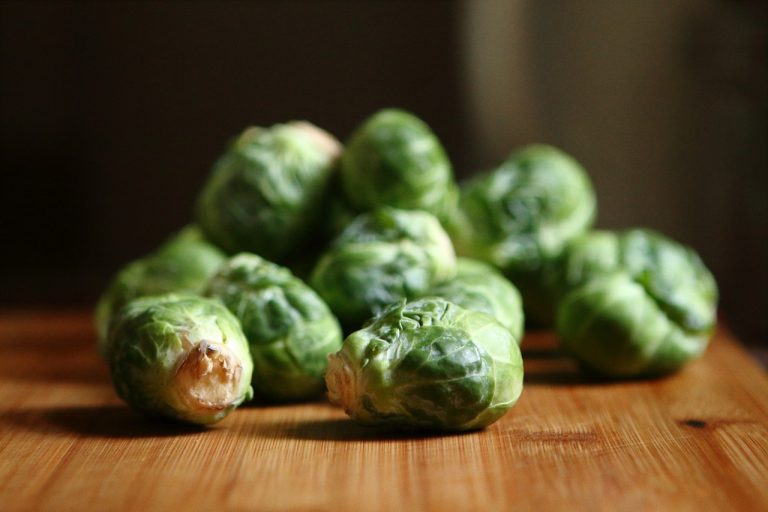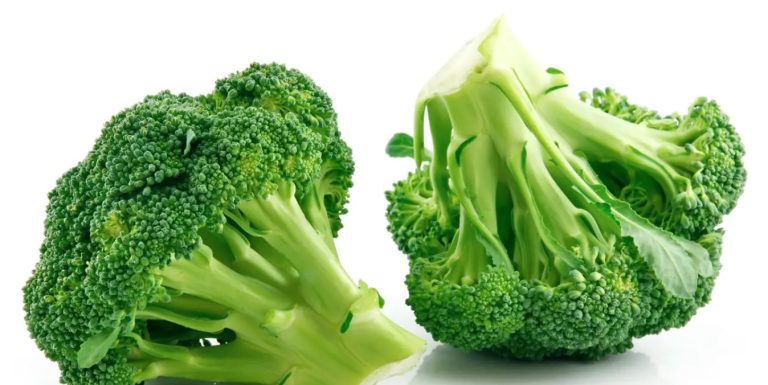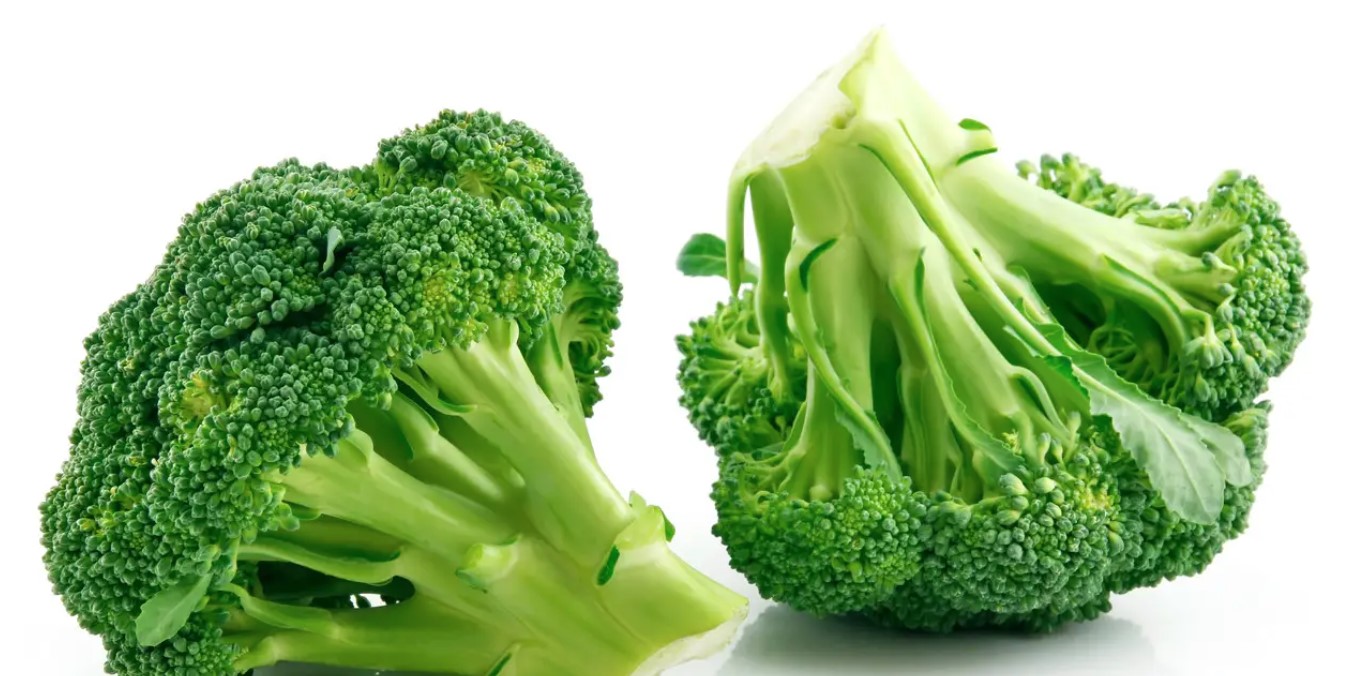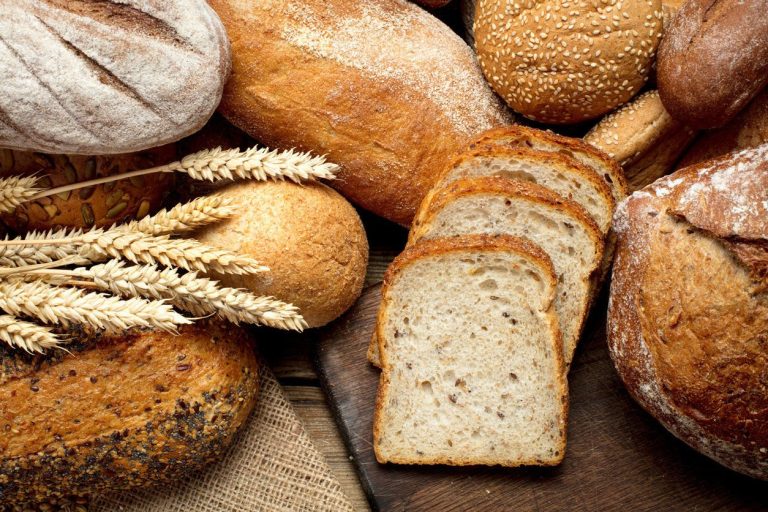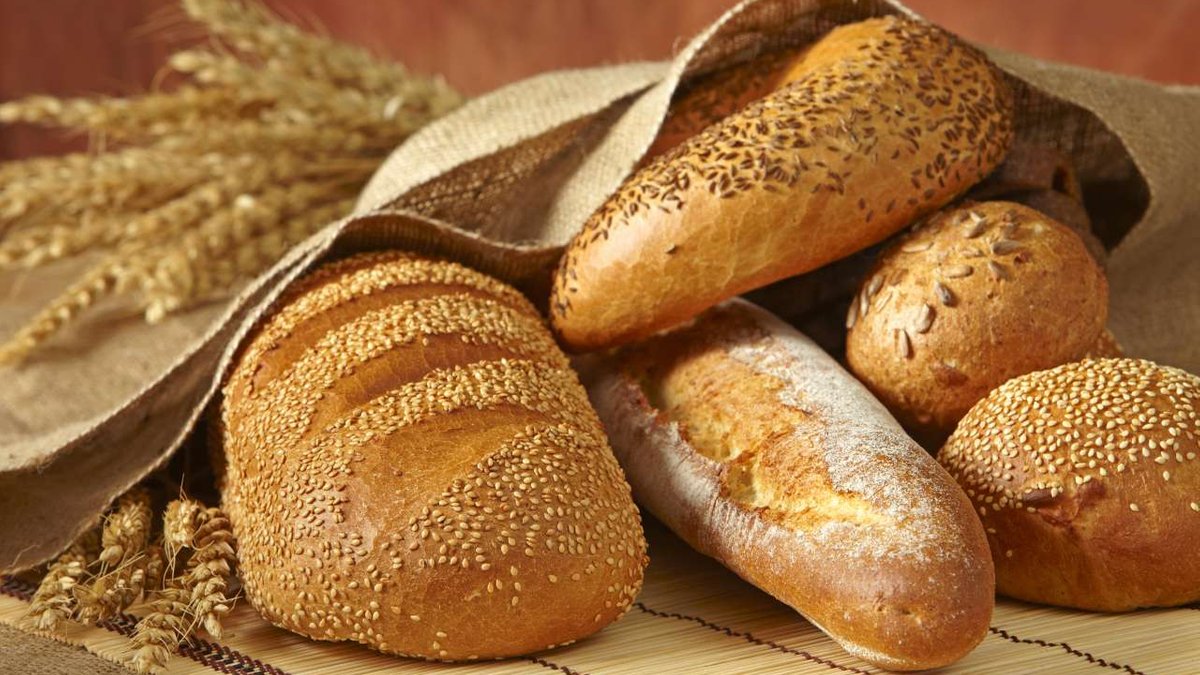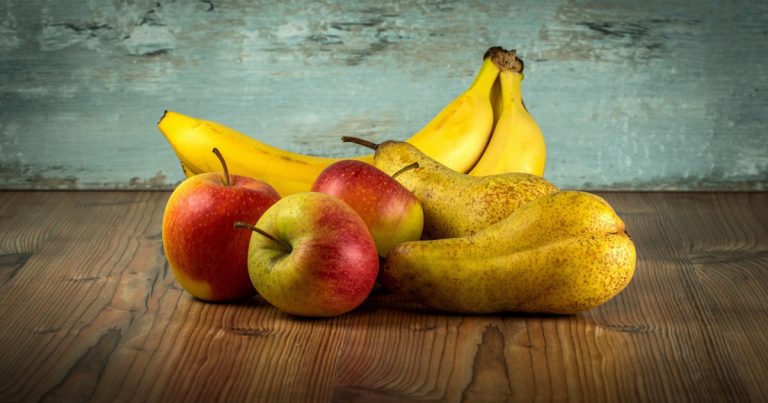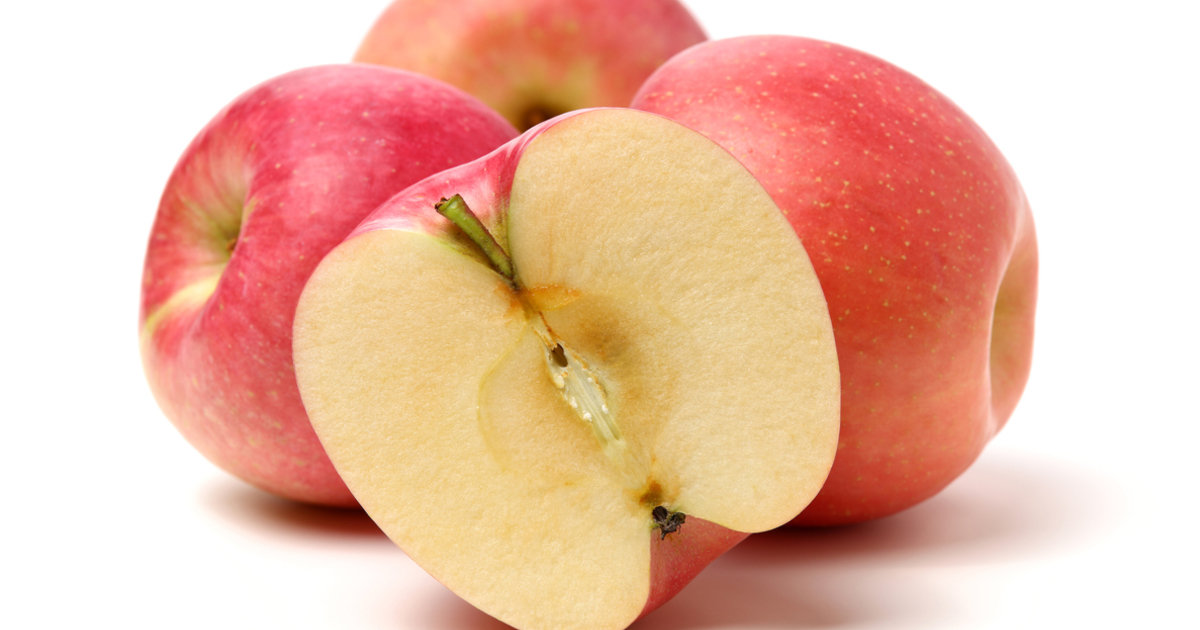Baking alkaline bread is not difficult and does not take long. We present three recipes with which you can bake the healthy and low-acid bread in your kitchen.
Alkaline bread differs from conventional bread in the way it is made: For alkaline bread, the grain must first begin to germinate before it is crushed. The baking result most closely resembles crispbread. Basic bread is said to prevent an overly acidic diet. However, this has not yet been scientifically proven.
The big advantage is rather that with basic bread you do without unhealthy foods such as white flour or sugar.
Alkaline bread can consist not only of germinated (!) grain, but also of germinated oilseeds such as pumpkin seeds or sesame. In addition to herbs and spices, fruit and vegetables can also be part of alkaline bread. This works for example with bananas, zucchini and celery.
We recommend that you use organic food from regional suppliers for the following recipes. In this way you can support food with a low transport distance and a good carbon footprint.
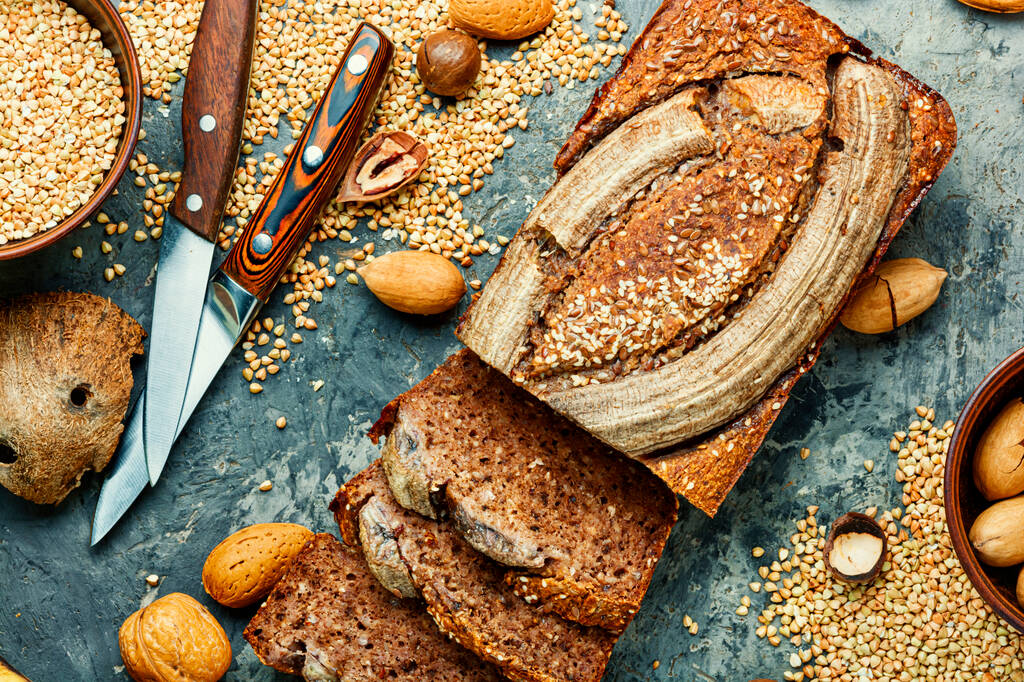
Bake basic bread: Recipe for buckwheat bread
The first recipe is for a basic bread with grains. You can prepare it with chia seeds or alternatively with sunflower seeds or sesame:
You need these ingredients for a buckwheat bread:
500 grams of buckwheat flour
2 tbsp chia seeds
120 grams of buckwheat
100 g pumpkin seeds
3 tsp honey
450ml + 440ml + 400ml water
50 g amaranth
3 tsp sea salt
some olive oil
You should start preparing your basic buckwheat bread the day before:
Soak the buckwheat and pumpkin seeds in a glass of water in the morning. Use about 440 milliliters, twice as much water as seeds. Then let them dry overnight. The best way to do this is to spread the seeds out on a baking sheet lined with baking paper and place them on the heater.
Soak the chia seeds in a glass filled with water overnight. The chia seeds should be completely covered with water. Use about 400 milliliters of water for this.
Preparation:
Puree the buckwheat grains and pumpkin seeds in a blender and then set them aside for a moment.
Blend the soaked chia seeds and water again in the blender.
Now put the chia seeds, buckwheat, pumpkin seeds, honey, water, sea salt and amaranth in a bowl and stir vigorously with the buckwheat flour.
Spread the batter on a greased baking sheet.
Let the basic bread dry in the oven at around 40 degrees for eight hours.
Turn the bread and let it dry for another eight hours, then it will have the right consistency.
Tip: If you like, you can sprinkle your bread dough with sunflower seeds or sesame seeds before you put it in the oven.
Baking basic bread: A sweet variant
You can bake sweet basic bread with the help of fruit, sweet spices and nuts. How about a sunflower seed bread with banana and cinnamon?
You need these ingredients:
500 g wholemeal flour
100 g sunflower seeds
150 grams of flaxseed
1 liter of water
1 banana
3 tsp honey
3 tsp vanilla
3 tsp cinnamon
some sunflower oil
How to prepare this basic bread:
Fill a jar with 1 liter of water and let the sunflower seeds and flax seeds soak in it overnight.
Then let the seeds dry for a few hours without the water.
Puree the dried sunflower seeds and flaxseeds.
Peel the banana and cut it into small pieces.
Put the banana, honey, vanilla and cinnamon in the blender and blend until smooth.
Mix the seeds, the mixture from the mixer and the whole wheat flour.
Spread the batter on a greased baking sheet.
Let the basic bread dry in the oven at around 40 degrees for eight hours.
Turn the bread and let it dry for another eight hours, then it will have the right consistency.

